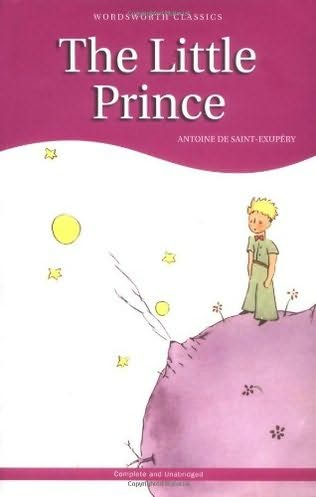 I read The Little Prince with a broken heart and deep new scars from recent chest surgery. The surgery didn’t remove the cracked and sad organ from beneath my ribs, but rather cut off the two useless mounds of flesh above the surface. I was looking for something that would not require much of my attention, because frankly I didn’t have any. Between the Percocet and the pain even medicine couldn’t remedy, I really had very little to give to a book.
I read The Little Prince with a broken heart and deep new scars from recent chest surgery. The surgery didn’t remove the cracked and sad organ from beneath my ribs, but rather cut off the two useless mounds of flesh above the surface. I was looking for something that would not require much of my attention, because frankly I didn’t have any. Between the Percocet and the pain even medicine couldn’t remedy, I really had very little to give to a book.
There is a quote in The Little Prince that floats in the air and sticks in the back your brains once you read it. “It is only with the heart that one can see rightly; what is essential is invisible to the eye.” Ah, crap. I thought this quaint kids’ book was supposed to be just that – quaint, light and moralistic in that way that people dumb down for children. Nope. This “kids’ story” is about love, the pragmatic and painful nature of life decisions and how simple truth is better than a complicated yarn. At 32 I was reading about life lessons small children the world over were already privy to. This is the most endearing quality of The Little Prince. Since the narrator is essentially a closeted kid, he seems to lean down and whisper the story in your ear, as though you are being let in on a big secret about being true to yourself and honest with those you love.
I must have read that passage – “It is only with the heart that one can see rightly: what is essential is invisible to the eye” – at least fifty times. Sometimes, a year and a half later, with a healed heart (mostly) and deep, old scars (hot) I still flip to page 73 and look into a book that has a dog eared corner on my brain.




